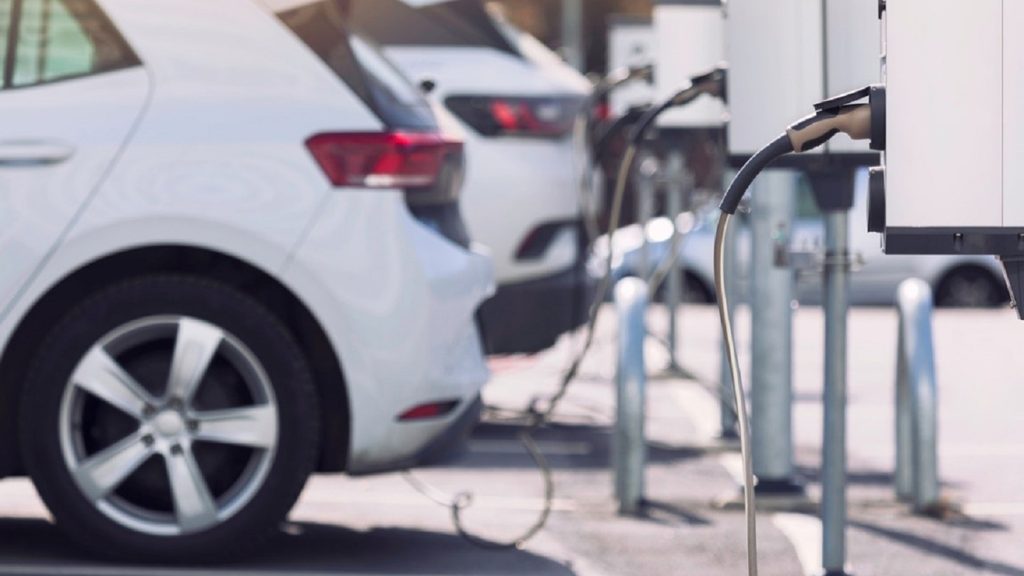Context:
Recently, there has been a debate that hybrid Vehicles could be an alternative to Electric Vehicles in India.
Electric Vehicles (EVs): Use electric motors for propulsion, powered by self-contained batteries, solar panels, or electric generators converting fuel to electricity. EVs aim to reduce reliance on traditional fuels, contributing to environmental sustainability and cleaner transportation.
Hybrid Electric Vehicles (HEVs): combine an internal combustion engine with an electric motor. They enhance fuel efficiency by seamlessly switching between the two power sources, reducing emissions. HEVs offer a practical bridge to full electrification in the automotive industry.
Government Policies for EVs:
| Policy/ Scheme | Details |
| FAME India Scheme (2015) | Launched By: Ministry of Heavy Industry. Objective: Part of the National Electric Mobility Mission Plan (NEMPP) to promote electric and hybrid vehicle manufacturing. Incentives: Subsidies to encourage the production and adoption of electric and hybrid vehicle technologies. |
| Production-Linked Incentive (PLI) Scheme – National Programme on Advanced Chemistry Cell (ACC) Battery Storage | Focus: Advanced Chemistry Cell (ACC) batteries for energy storage in electric vehicles. Purpose: To boost domestic manufacturing of batteries through production-linked incentives. Benefits: Enhance energy efficiency and sustainability in the electric vehicle sector. |
| Battery Swapping Policy | Objective: Standardize battery standards for electric vehicles (EVs) nationwide. Advantages: -Promote EVs in time-sensitive sectors like deliveries and inter-city transportation. Facilitate quick battery swaps, addressing concerns about prolonged recharging times. Enhance interoperability by ensuring uniform battery configurations within specific categories of EVs. Implementation: A legislative framework to be introduced for effective policy execution. |
Challenges in the Promotion of Electric Vehicles (EVs):
Subsidy Distribution Concerns:
- The success of EV adoption often relies on state subsidies, as seen in various markets such as Norway, the US, and China. However, a notable issue is the disproportionate distribution of upfront subsidies and tax breaks, with a significant portion benefiting the middle or upper-middle class, typically the primary purchasers of battery electric 4-wheelers.
Charging Infrastructure Disparity:
- While upfront purchase subsidies are expected, a World Bank analysis suggests that investing in charging infrastructure is four to seven times more effective in promoting EV adoption.
- China dominates the global charging infrastructure with 85% fast chargers and 55% slow chargers. In contrast, despite a growing EV market set to reach 45-50 million vehicles by 2030, India currently has only around 2,000 operational public charging stations.
Unique Charging Infrastructure Requirements:
- India’s vehicle mix is dominated by two- and three-wheelers, which have charging needs different from cars and buses. Most electric 2-wheelers and 3-wheelers are better suited to slow charging, and the emergence of battery swapping as an alternative highlights the need for diverse charging solutions.
Higher Emissions:
- EVs emit 158 g/km compared to hybrids’ 133 g/km on a wheel-to-wheel (WTW) basis. This analysis considers total emissions, including those from crude mining, refining, and power generation, providing a comprehensive assessment beyond just tailpipe emissions (tank-to-wheel, or TTW).
- In comparison, traditional petrol and diesel vehicles emit 176 g/km and 201 g/km, respectively.
Electricity Source Dilemma:
- Many countries promoting EVs benefit from a high percentage of electricity generated from renewables, such as Norway, which has 99% hydroelectric power. In contrast, India heavily relies on coal-fired thermal plants, raising concerns about the environmental impact of increased electricity demand from EVs.
Global Value Chain Dependency:
- India requires more than 50,000 tonnes of lithium to manufacture EV batteries alone. However, over 90% of global lithium production is concentrated in specific countries like Chile, Argentina, Bolivia, Australia, and China.
- India faces a significant challenge in meeting its BEV demand, primarily relying on imports from a limited number of countries, thus highlighting potential supply chain vulnerabilities.
Advantages of Hybrids Over Electric Vehicles (EVs) in the Indian Context:
- Lower Total Carbon Emissions: Hybrids currently emit 16% less carbon (133 g/km) than EVs (158 g/km) due to the source of electricity generation. This makes hybrids a more environmentally sound option.
- Practical Medium-Term Solution: Hybrids are a practical medium-term solution for India (5-10 years) as the country moves towards more significant renewable electricity generation. This approach balances the need for reduced emissions with the practical constraints of current infrastructure.
- Decarbonisation Drive: Hybrids align with India’s decarbonisation goals, providing a transitional solution while the country builds a robust electric vehicle ecosystem.
- Cost of Ownership Perspective: Hybrids offer a cheaper cost of ownership, offering a more economically viable option for consumers in the short to medium term.
- Convergence of Emissions: The emissions from EVs and hybrids could take 7-10 years to converge. This indicates that hybrids could continue to offer lower emissions than EVs in the foreseeable future.
Way Forward for EVs
- Reform subsidy policies for a fairer distribution, targeting affordable BEV models. Incentivise manufacturers to produce cost-effective BEV options.
- Prioritise investment in a widespread and accessible public charging network. Encourage private sector participation and innovation for diverse charging solutions.
- Implement policies for a swift transition to renewable energy in electricity generation.
- Invest in R&D for alternative battery technologies, reducing dependence on lithium. Explore partnerships with lithium-producing countries for a stable and diversified supply chain.

